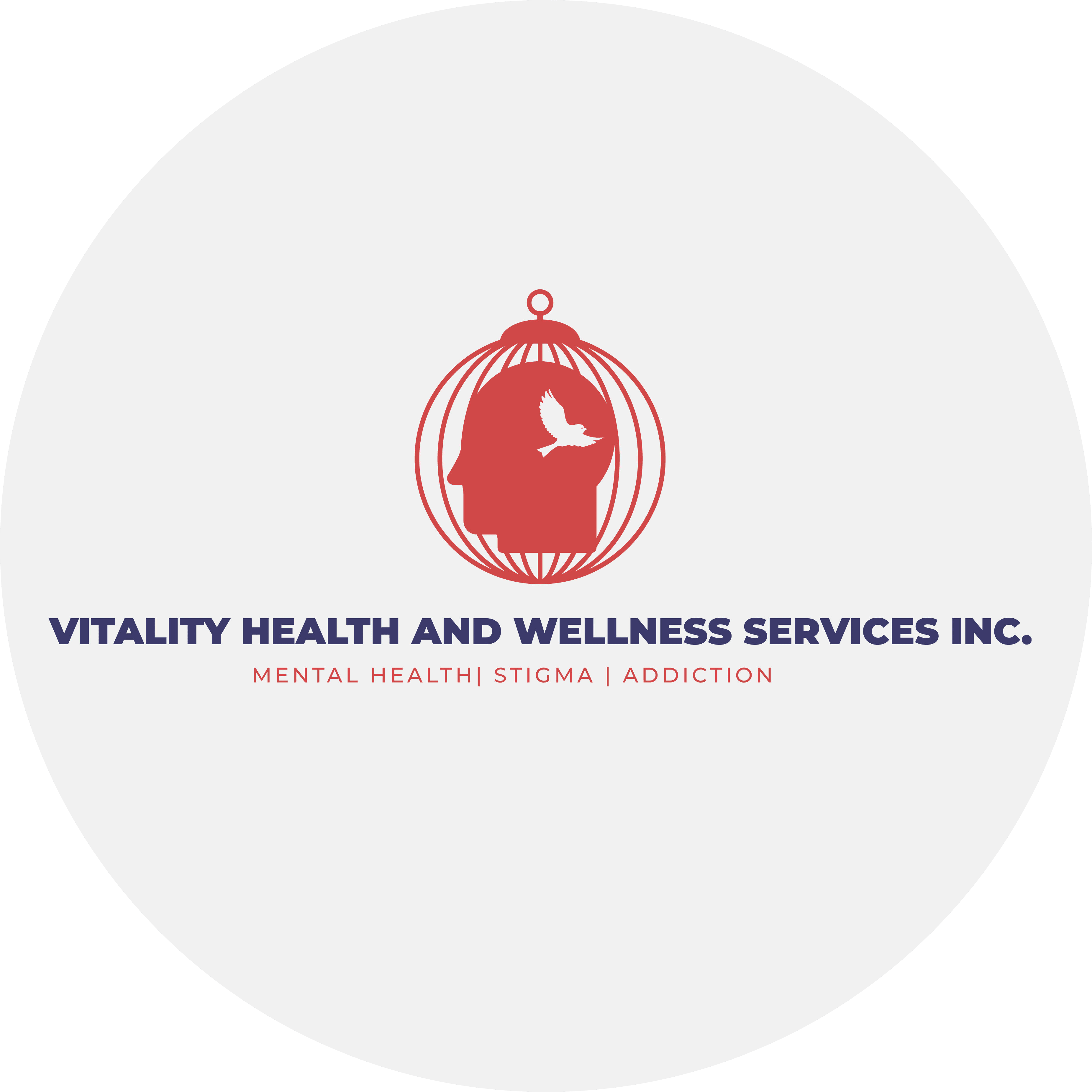Naloxone
What is naloxone?
Naloxone is a life-saving medication used to reverse an opioid overdose, including heroin, fentanyl and prescription opioid medications. Naloxone can be quickly given through nasal spray (Narcan®) in the nose, or through an injectable or auto-injector into the outer thigh or another major muscle. Naloxone is safe and easy to use, works almost immediately, and is not addictive. Naloxone has very few negative effects, and has no effect if opioids are not in a person’s system.
Who should carry naloxone?
- Family and friends: If you or someone you know is at increased risk for opioid overdose, especially those with opioid use disorder (OUD), you should carry naloxone and keep it at home.
- People who are taking high-dose opioid medications (greater or equal to 50 morphine milligram equivalents per day) prescribed by a doctor, people who use opioids and benzodiazepines together, and people who use drugs, should all carry naloxone. Because you cannot use naloxone on yourself, let others know you have it in case you experience an opioid overdose.
Why carry naloxone?
Carrying naloxone provides an extra layer of protection for those at a higher risk for overdose. Although most professional first responders and emergency departments carry naloxone, they may not arrive in time to reverse an opioid overdose. Anyone can carry naloxone, give it to someone having an overdose, and potentially save a life. Bystanders such as friends, family, non-health care providers and persons who use drugs can reverse an opioid overdose with naloxone.
How to recognize an opioid overdose:
Recognizing the signs of an overdose can save a life. Signs of an overdose may include:
- Small, constricted "pinpoint pupils"
- Falling asleep or losing consciousness
- Slow, weak or no breathing
- Choking or gurgling sounds
- Limp body
- Cold and/or clammy skin
- Discolored skin (especially in lips and nails)
How to respond to an opioid overdose:
It may be hard to tell if someone is experiencing an overdose. If you are not sure, treat it like an overdose - you could save a life. With a fentanyl overdose, two or more doses of naloxone may need to be given.
- Call 911 and give naloxone
- Keep the person awake and breathing
- Lay the person on their side to prevent choking
- Stay with the person until 911 responders arrive
Where can you get naloxone?
Narcan® is now available over the counter. Visit the Over the Counter (OTC) Naloxone webpage to learn more.
Anyone: pharmacies and local organizations
Anyone can get naloxone from a pharmacy or from a local organization that has a naloxone distribution program, such as a local opioid or overdose safety coalition or a syringe services program .
Qualified organizations: Naloxone Distribution Project
The Ohio Department of Mental Health Care & Addiction Services (OhioMHAS) provides naloxone to qualified organizations to distribute naloxone within communities. Learn more by visiting the Naloxone Distribution Project.
People who use drugs: mail-based and harm reduction services
If you are a person who uses drugs and you do not have a resource in your community, you may be able to access mail-based naloxone through Next Distro.
The Naloxone Finder below, from the National Harm Reduction Coalition, provides information on how to locate naloxone in the community.

